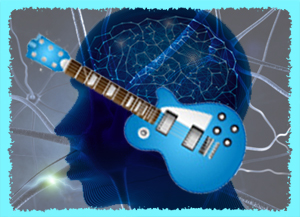The Body Electric Energy Science-SMART! Home
Electricity Makes It Happen
 When your brain is stimulated, brain cells send millions of fast-moving electrical signals along the pathways of your central nervous system. These paths are nerves that branch out into all your muscles. Whenever you move a muscle, it is powered by electricity running through your nervous system!
When your brain is stimulated, brain cells send millions of fast-moving electrical signals along the pathways of your central nervous system. These paths are nerves that branch out into all your muscles. Whenever you move a muscle, it is powered by electricity running through your nervous system!
Move your fingers. Blink your eyes. It happens so fast that it seems automatic. People with healthy bodies hardly have to think about moving a muscle at all. But this is not true for people who are completely paralyzed.
A spinal cord injury, a stroke, or other serious condition can lock people in their bodies. Their brains still produce electrical signals when stimulated. They are alert, intelligent, have memory, and can learn, but since their nervous systems are badly damaged, electrical signals cannot reach their muscles. They can't move their arms or legs or even speak. People with this "locked-in syndrome" have great difficulty communicating with others.
Dr. Philip Kennedy is a neurologist, a doctor specializing in the nervous system. His remarkable work helps people with locked-in syndrome. Dr. Kennedy invented the "neurotrophic electrode," a tiny electrical conductor that is implanted above the ear in a patient's skull.
One of the first people to have Dr. Kennedy's electrode implanted in his brain was Johnny Ray. Before Johnny was paralyzed by a stroke in 1997, he was a construction worker and musician. His stroke locked him up in a body he can't move at all.
After the implant, when Johnny thought, the implanted electrode carried his brain's electrical impulses to a computer instead of into his nervous system. While his brain signals could no longer move his fingers to write, or his mouth and tongue to speak, they could control a computer's cursor the way they once controlled his muscles. He could even create music again, not by playing an instrument with his mouth or hands, but by thinking into his instrument, the computer!
Connecting the electrical impulses of the human brain to the electronic signals of the computer unlocks paralyzed people from their bodies and gives them a tool to more easily communicate with their families and friends—and the world.


